By: Sally Weale.
Less than half (44%) of councils in England have either cut or frozen funding for educational support for VI children, putting specialist provision under significant pressure, according to the RNIB report.
A similar proportion (43%) have already had reductions in specialist staff and increasing workloads for those who remain, and almost a quarter (24%) are planning further reviews that could result in more cuts.
Meanwhile there has been a 7% increase in the numbers of young people requiring specialist support, the RNIB says.
The charity’s research, based on a freedom of information survey of local authorities in England, estimates that 11,000 children and young people have been affected by cuts, out of a total of about 30,000 with VI.
The report says young people with VI require a high level of specialist support in order to learn on equal terms with their sighted peers.
It says: “Having the right support in place can remove the barriers to learning and enable them to develop the specialist skills they need to succeed, not just at school but as adults with full lives,. However, whilst this research has identified pockets of good practice, overall the findings show a system of specialist provision under significant pressure.”
Almost three in 10 local authorities (28%) said specialist teachers had caseloads of more than 100 students, potentially affecting the quality of support they can provide, and in some local authorities young people above 16 are not getting the support to which they are entitled.
There is broad acknowledgment that provision and funding of special educational needs and disabilities (Send) in England is in crisis, with children unable to access vital support and parents trying to secure suitable provision from local authorities.
The government has announced additional funding of £700m for Send and areview of special needs education.
Keith Valentine, the director of development at RNIB, said: “Our research has revealed a shocking lack of resource for local authorities to deliver this crucial provision. With more than £14bn being promised for primary and secondary education between now and 2023, we are urging the government to act now and correct this funding gap to ensure every child with VI is able to fulfil their potential.”
Phoebe Clifton, 14, from Petersfield in Hampshire, has progressive cone dystrophy and is registered as severely visually impaired. She attends a mainstream school where she is currently well supported.
She said: “I’ve been very fortunate with the support I’ve had so far. My teacher adviser for the visually impaired makes sure I can do the same things as all the other kids in my class and has also helped me learn braille.
“My mobility officer has taught me how to get around using a cane. But I’m worried about what I will have in the future because I’m right in the middle of my GCSEs and the council might get rid of my support. I’m also worried for the kids coming up after me. If they don’t get the same support as I had, GCSEs will be so much harder for them.”
Judith Blake, the chair of the Local Government Association’s children and young people board, said councils were reaching the point where there was not enough money to keep up with demand, pushing support for children with Send to a tipping point.
She said: “While it was good the government announced extra money to support children and young people with Send for next year, it must provide long-term funding certainty in the upcoming spending review and budget.”
A Department for Education spokesperson said: “We want all schools to have a workforce fully equipped to teach children with Send, and are working with various organisations – including the National Sensory Impairment Partnership – to make sure that’s the reality.
“We have also recently announced a £780m increase to local authorities’ high needs funding, boosting the budget by 12% and bringing the total spent on supporting those with the most complex needs to over £7 billion for 2020-21.”
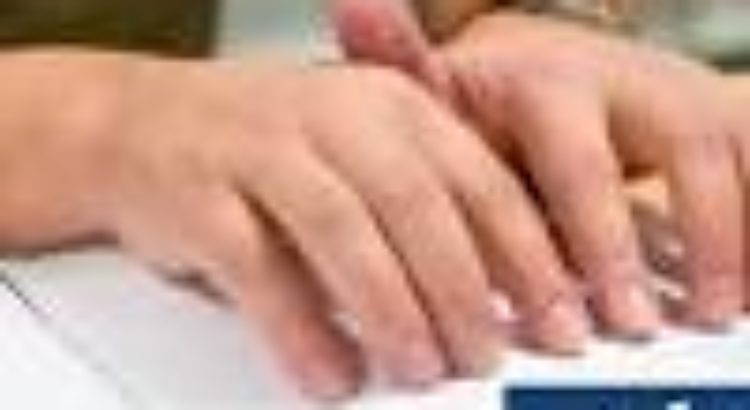
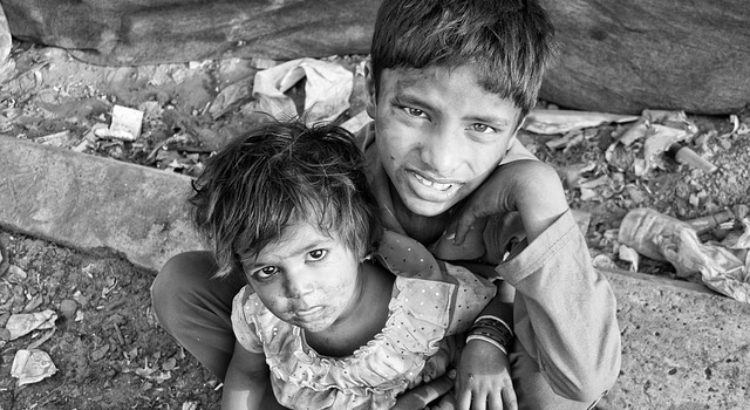
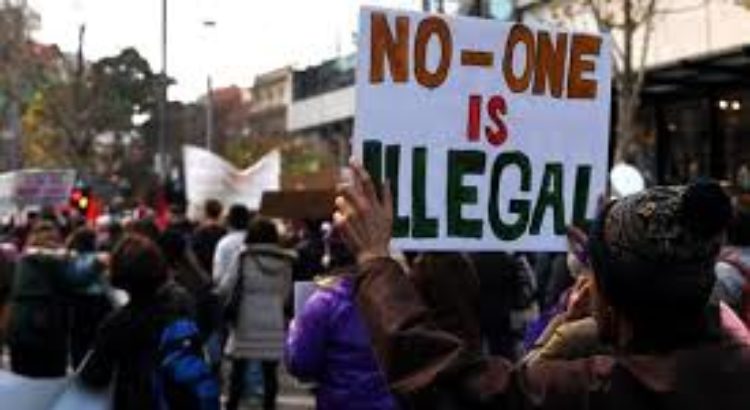
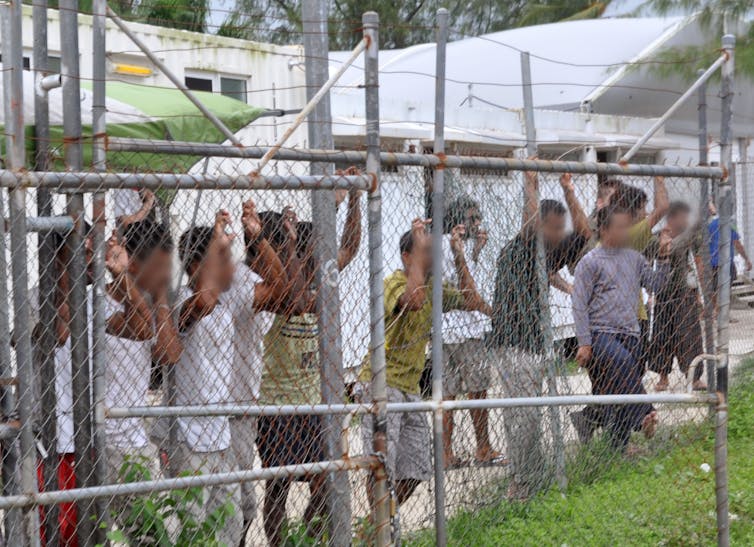
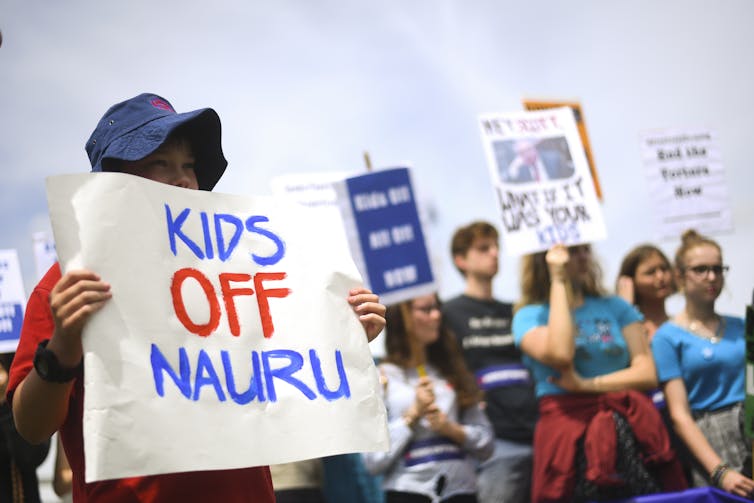
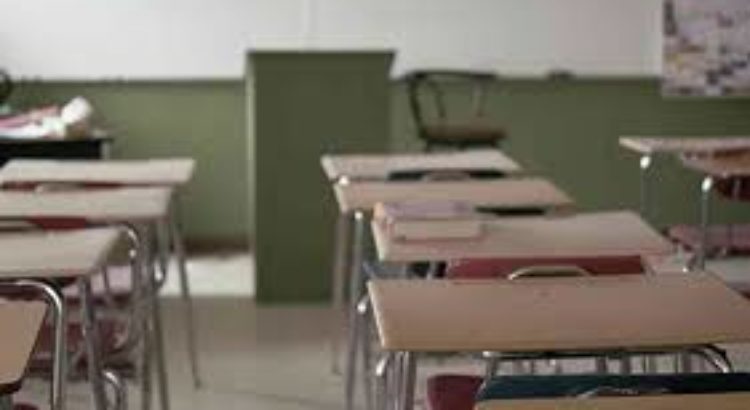
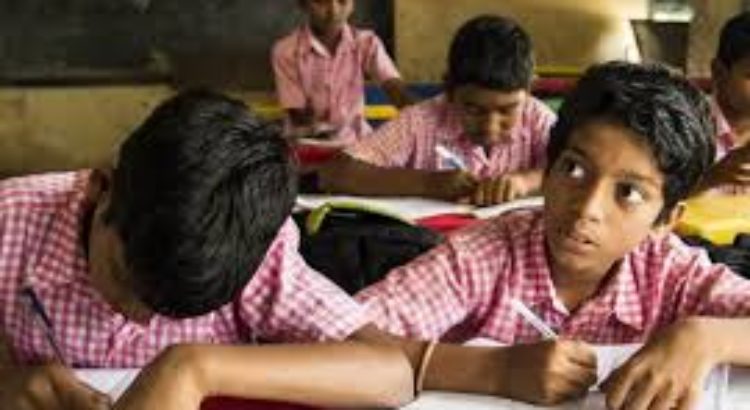
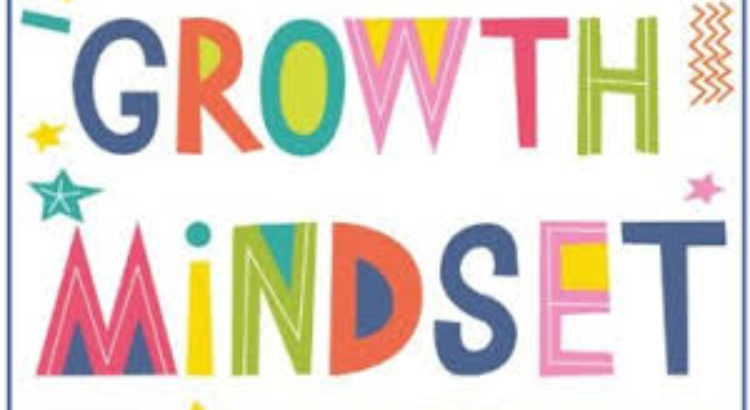







 Users Today : 14
Users Today : 14 Total Users : 35460367
Total Users : 35460367 Views Today : 20
Views Today : 20 Total views : 3419120
Total views : 3419120